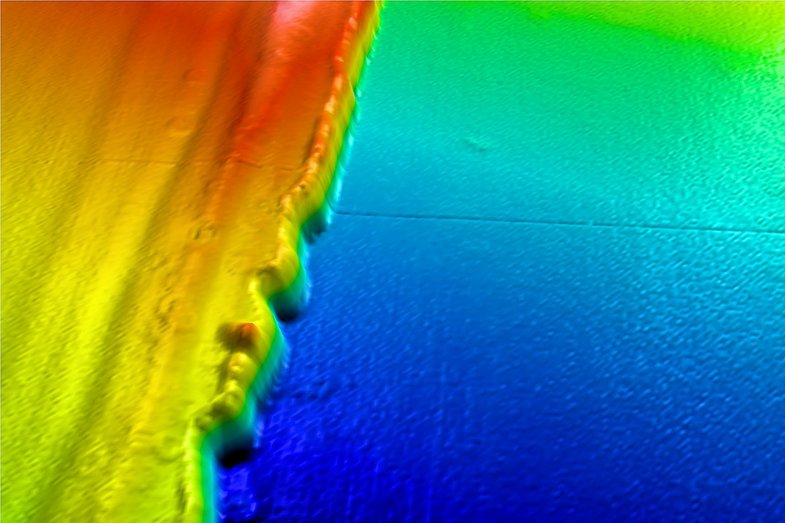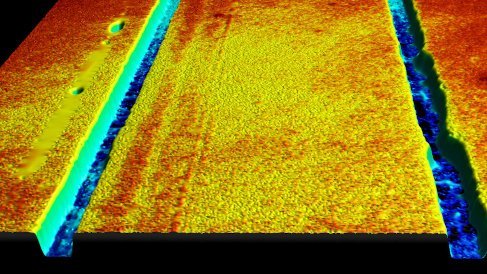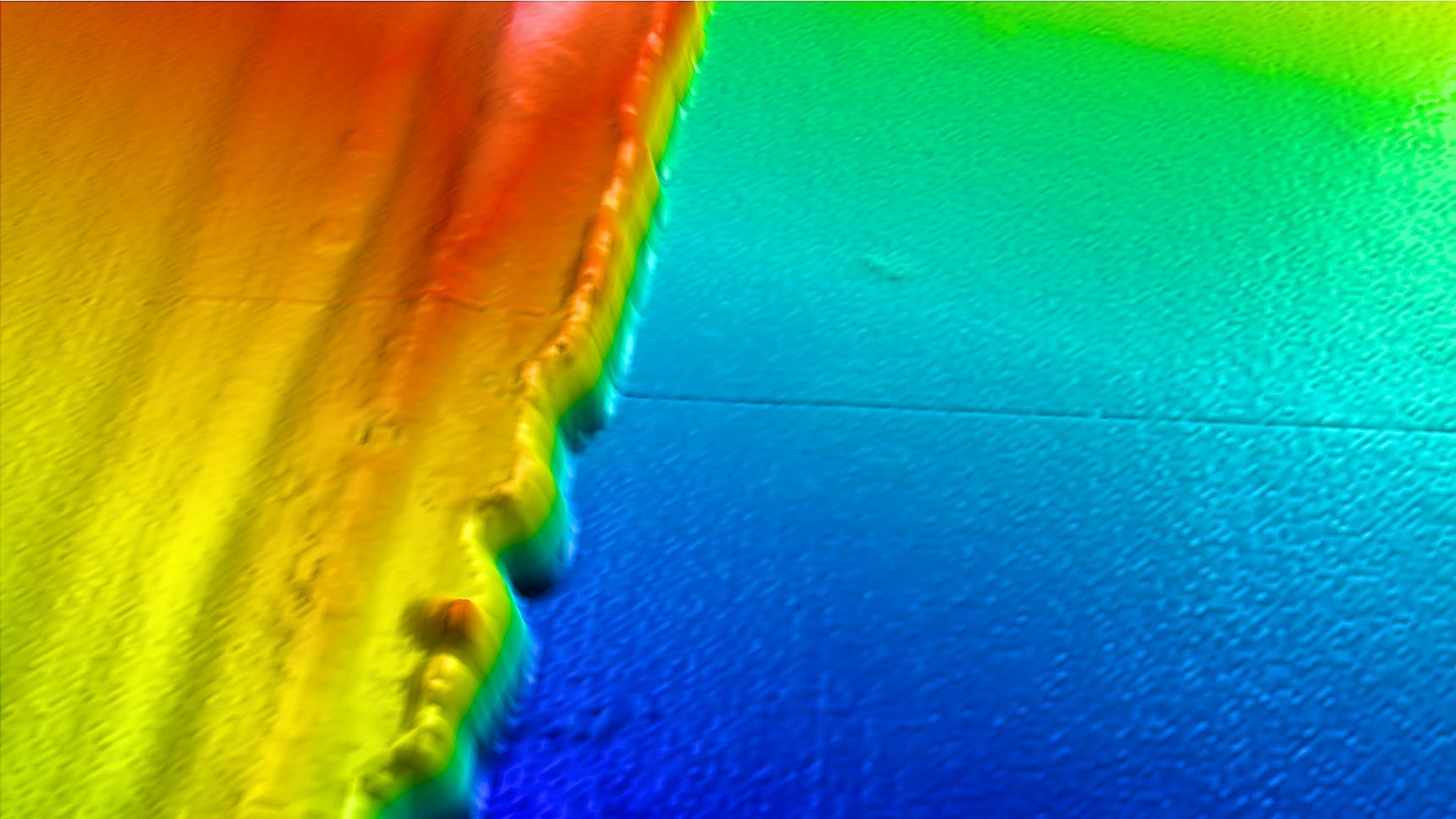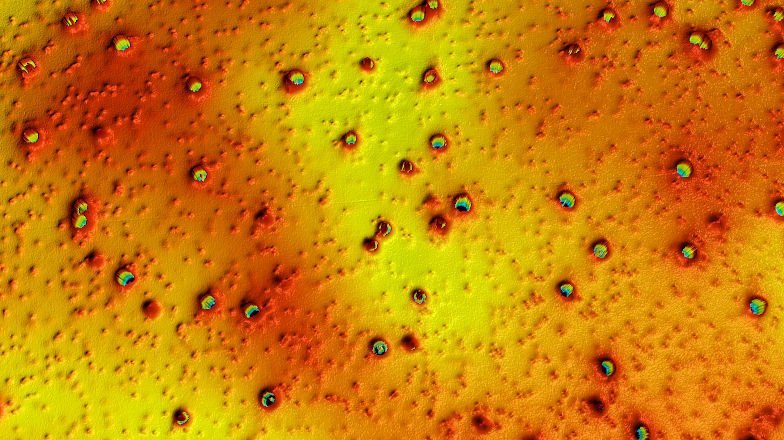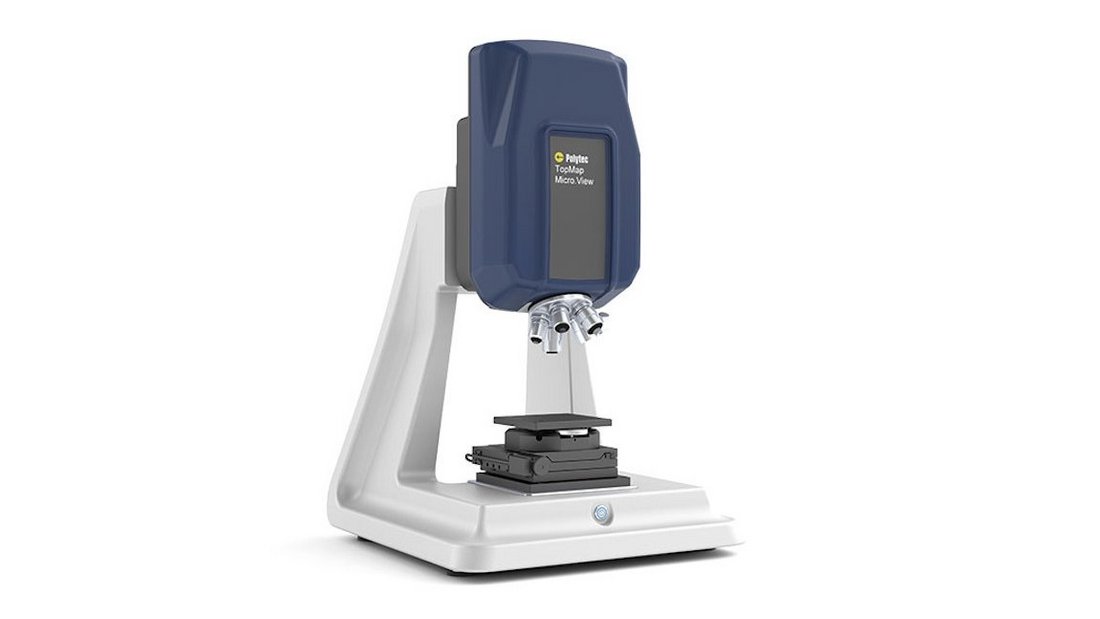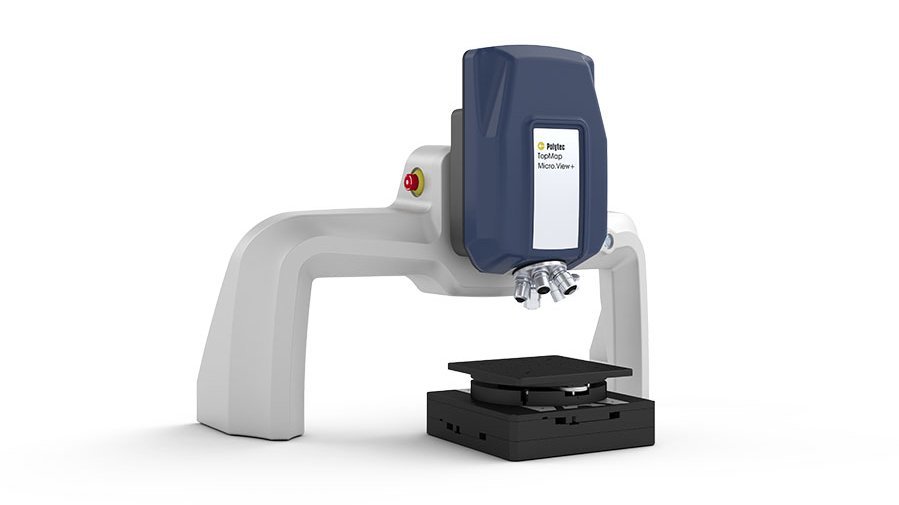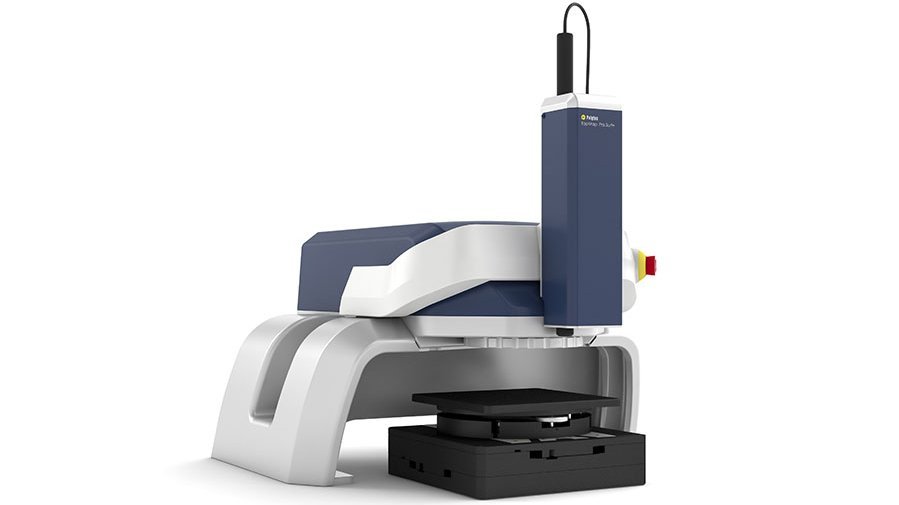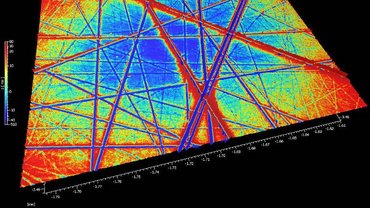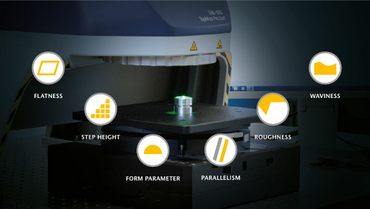Keeping layer thickness constant
The material thickness of transparent surfaces and layers is critical for both their fitting accuracy and function. Inspecting layer thickness along the production process by performing measurements and constantly maintaining the exact same level is indispensable if high quality and a low rejection rate are to be achieved. If your job involves performing an areal analysis of how thick a transparent sample is or in detecting surface defects, then Polytec’s TopMap series is perfect for you.
A major consideration for most coating processes is that the coating is applied at a controlled and defined thickness. Coating technologies include composite coatings, nano coatings and ultra-thin films, deposition (plasma and ion-based vacuum), epitaxial film growth, sputter technologies, dip, flow and spin coatings, spraying, painting and rolling, electroplating and electroless plating, and or surface modification.
